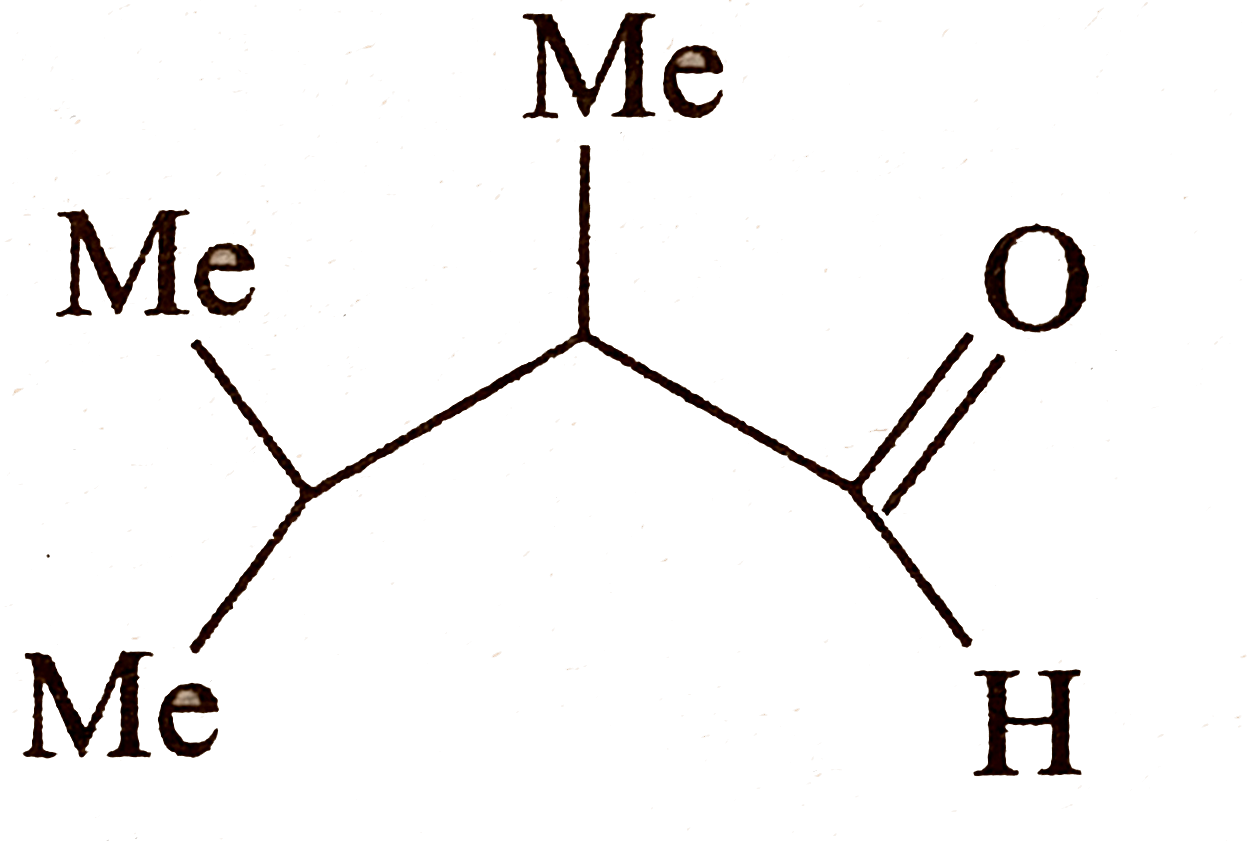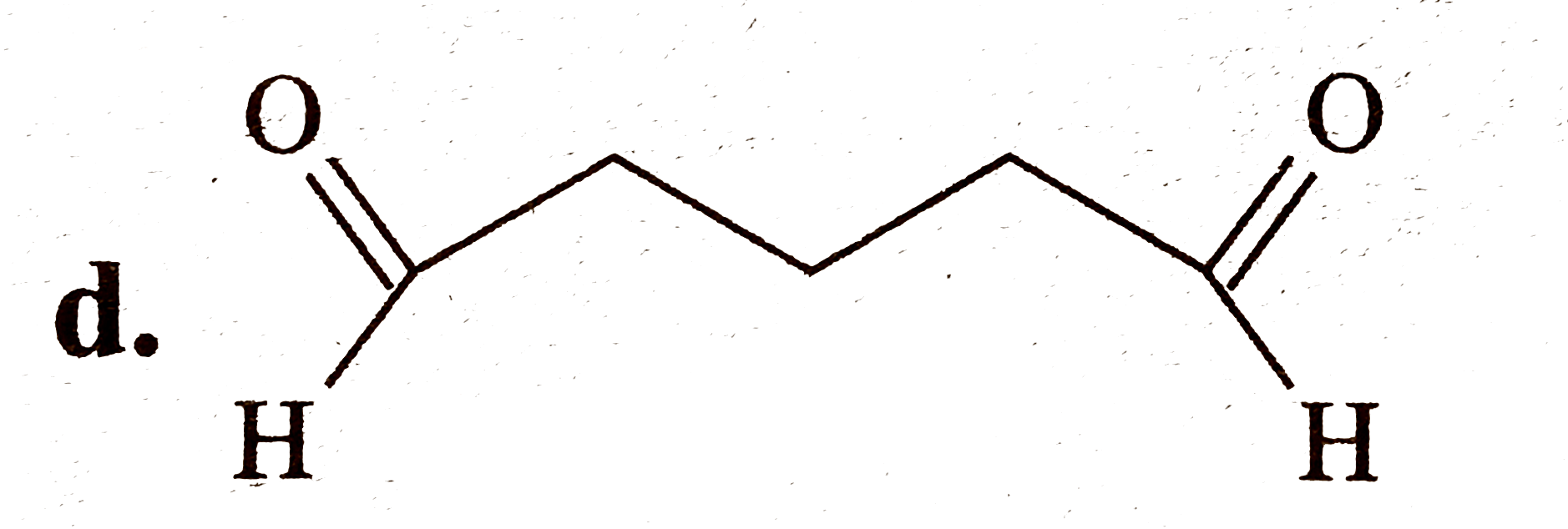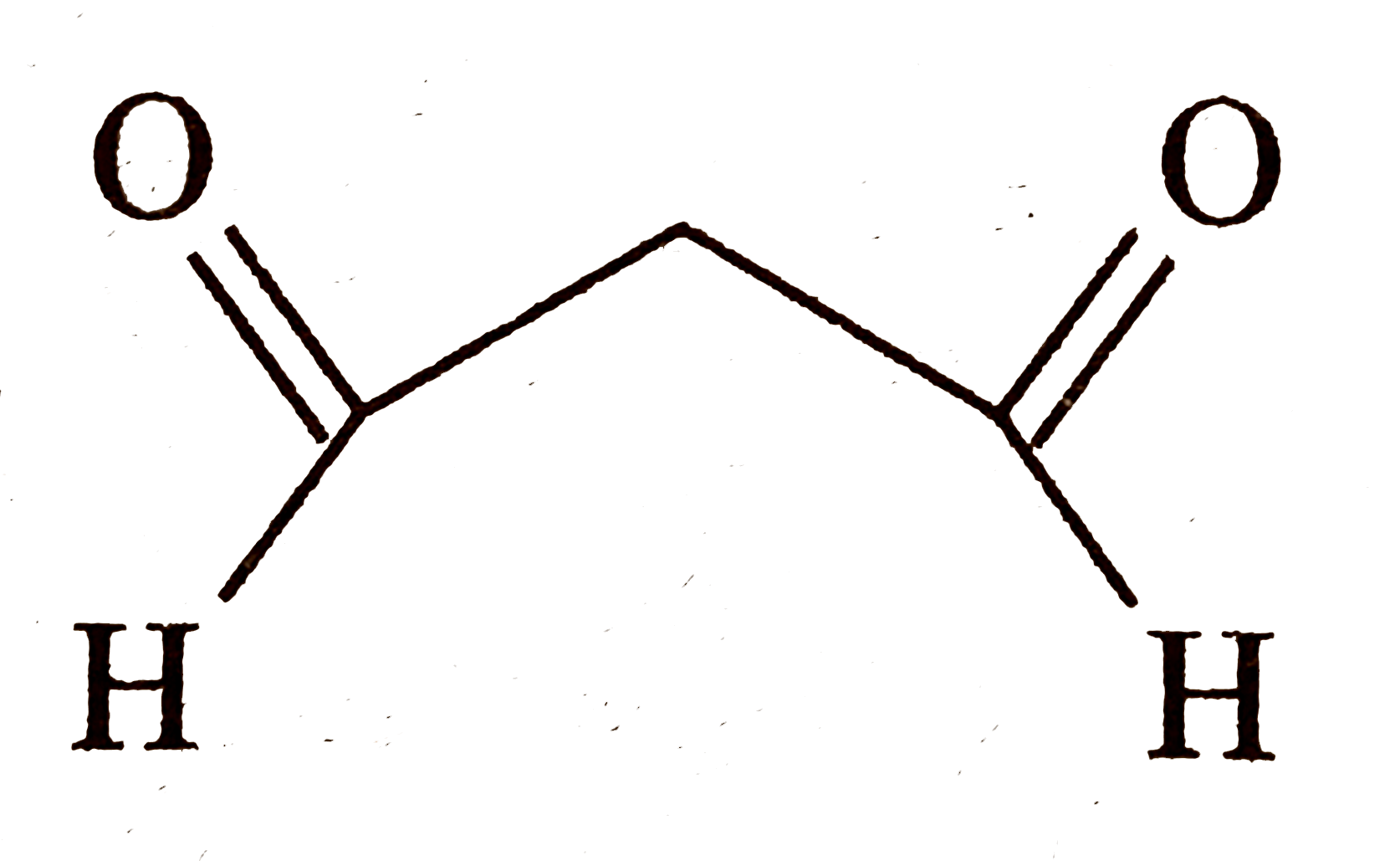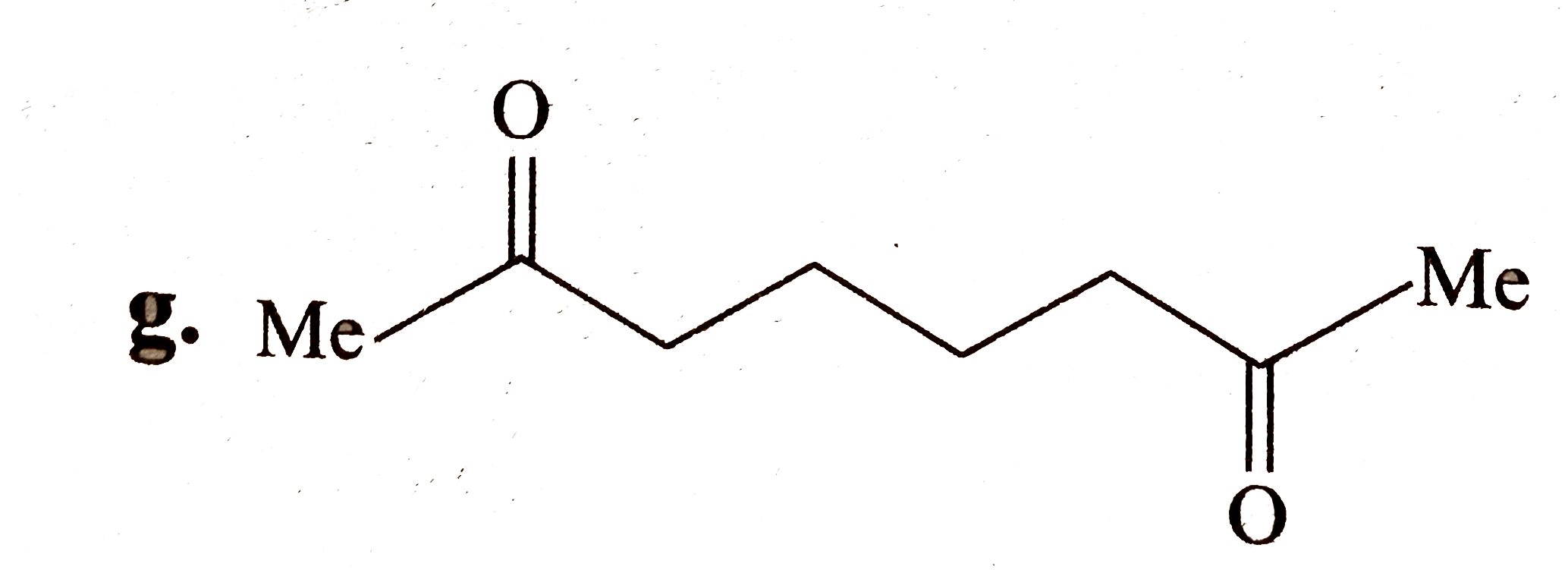Which of the following compounds would give a positive iodoform test ?
(a) 2-Butanol
(b) 1-Pentanal
(c) Acetone
(d) 3-Pentanone
(e) 2-Pentanone
(f) 3-Pentanol
(g) 1-Phenyl ethanol
(h) Acetophenone
To determine which compounds give a positive iodoform test, we need to identify the presence of methyl ketones in the given compounds. Methyl ketones have the structure RCOCH3, where R can be any alkyl group. The iodoform test is positive for compounds that can be oxidized to form a methyl ketone.
1. Understand the Iodoform Test:
- The iodoform test is used to identify the presence of methyl ketones (compounds with the structure RCOCH3). When these compounds react with iodine in the presence of a base, they produce iodoform (CHI3), which gives a yellow precipitate.
2. Analyze Each Compound:
- (a) 2-Butanol: This is a secondary alcohol. Upon oxidation, it can form a ketone, specifically 2-butanone, which is a methyl ketone. Positive iodoform test.
- (b) 1-Pentanal: This is an aldehyde and does not have a methyl ketone structure. Negative iodoform test.
- (c) Acetone: This is a methyl ketone (CH3COCH3). Positive iodoform test.
- (d) 3-Pentanone: This is a ketone but does not have a methyl group adjacent to the carbonyl. Negative iodoform test.
- (e) 2-Pentanone: This is a methyl ketone (CH3COC4H9). Positive iodoform test.
- (f) 3-Pentanol: This is a secondary alcohol that can be oxidized to 3-pentanone, which does not have a methyl group adjacent to the carbonyl. Negative iodoform test.
- (g) 1-Phenyl ethanol: This is a secondary alcohol that does not form a methyl ketone upon oxidation. Negative iodoform test.
- (h) Acetophenone: This is a methyl ketone (C6H5COCH3). Positive iodoform test.
3. Conclusion:
- The compounds that give a positive iodoform test are:
- 2-Butanol
- Acetone
- 2-Pentanone
- Acetophenone
Summary of Results:
- Positive iodoform test: 2-Butanol, Acetone, 2-Pentanone, Acetophenone.
- Negative iodoform test: 1-Pentanal, 3-Pentanone, 3-Pentanol, 1-Phenyl ethanol.
- The iodoform test is used to identify the presence of methyl ketones (compounds with the structure RCOCH3). When these compounds react with iodine in the presence of a base, they produce iodoform (CHI3), which gives a yellow precipitate.
- (a) 2-Butanol: This is a secondary alcohol. Upon oxidation, it can form a ketone, specifically 2-butanone, which is a methyl ketone. Positive iodoform test.
- (b) 1-Pentanal: This is an aldehyde and does not have a methyl ketone structure. Negative iodoform test.
- (c) Acetone: This is a methyl ketone (CH3COCH3). Positive iodoform test.
- (d) 3-Pentanone: This is a ketone but does not have a methyl group adjacent to the carbonyl. Negative iodoform test.
- (e) 2-Pentanone: This is a methyl ketone (CH3COC4H9). Positive iodoform test.
- (f) 3-Pentanol: This is a secondary alcohol that can be oxidized to 3-pentanone, which does not have a methyl group adjacent to the carbonyl. Negative iodoform test.
- (g) 1-Phenyl ethanol: This is a secondary alcohol that does not form a methyl ketone upon oxidation. Negative iodoform test.
- (h) Acetophenone: This is a methyl ketone (C6H5COCH3). Positive iodoform test.
- The compounds that give a positive iodoform test are:
- 2-Butanol
- Acetone
- 2-Pentanone
- Acetophenone
- Positive iodoform test: 2-Butanol, Acetone, 2-Pentanone, Acetophenone.
- Negative iodoform test: 1-Pentanal, 3-Pentanone, 3-Pentanol, 1-Phenyl ethanol.
Similar Questions
Which of the following compounds would give a positive iodoform test ?
(a) 2-Butanol
(b) 1-Pentanal
(c) Acetone
(d) 3-Pentanone
(e) 2-Pentanone
(f) 3-Pentanol
(g) 1-Phenyl ethanol
(h) Acetophenone
View SolutionIodoform test is not given by
(a) ethanol
(b) ethanal
(c) pentan-2-one
(d) pentan-3-one
View Solution
Knowledge Check
Which of the following compounds decolourise Br2−H2O and also give positive test with neutral FeCl3 :
A B
B C
C D
D
Which of the following compounds will not give positive iodoform test.
Acetophenone, Benzophenone, 2-Pentanone, 3-Pentanone, Acetaldehyde,
CH3COCH3,(CH3)2CHOH,(CH3CH2)2CH−OH,CH3COOH,CH3CONH2,CH3COOCH3,CH3COCl
View SolutionI. Arrange the compounds of (a) in the order of decreasing boiling points and (b) in the order of decreasing solubility in water.
(A) (1) Ethanol, (2) Propane, (3) Pentanol
(B) (1) Butane, (2) 1,2,3-Pentane triol, (3) Butyl alcohol
(C) (1) Pentane, (2) Pentanol, (3) Hexanol
II. Arrange the following in the decreasing order of their boiling points.
(A) (1) C3H8, (2) C2H5OH, (3) (CH3)2O, (4) HOH2C−−−−CH2OH
(B) (1) 3-pentanol, (2) n-Pentane, (3) 2,2-Dimethyl propanol, (4) n-Pentanol
III. Arrange the following alcohols (a) in the decreasing order of their boilling points and (b) in the decreasing order of their solubility in water.
(1) n-Butyl alcohol
(2) sec-Butyl alcohol and
(3) tert-Butyl alcohol
IV. Arrange the following compounds in the order of their increasing boiling points.
(1) CH3COC1 , (2) (CH3CO)2O , (3) CH3CONH2 , (4) CH3COOH
View SolutionDraw the structures of each of the followings.
(a)Butan-1-ol , (b)Butane-2-thiol , ( c)Pentan-2-amine , (d)Pentane-2-one ,
(e)3-Chloropentan-1-ol , (f)Hexan-2,4-dione
View Solution(a) Illustrate the following reactions giving a suitable example for each.
(i) Cross aldol condensation
(ii) Decarboxylation
(b) Give simple tests to distinguish between the following pairs of compound
(i) Pentan-2-one and pentan-3-one
(ii) Benzaldehyde and Acetophenone
(ii) Phenol and Benzoic acid
View SolutionWrite the structural formulae for the compounds that yield the following products on reductive ozonolysis.
a. 2mol butan−2−one
b. Methanol +
c. Pentan −3−one + Glyoxal + Propanal
d.
e. 2mol
f. Pentan −2−one +2−Methyl butanal
g.
View SolutionWrite down structure of the following compounds:
3-(1-chloroethyl)-4-methyl-4-phenyl-2-pentanone
View Solution(I) Arrange the compounds (a0 in the order of decreasing boilling points and (b) in the order of decreasing solubility in water
(A) (1) Ethanol (2) Propane, (3) Pentanol
View Solution
